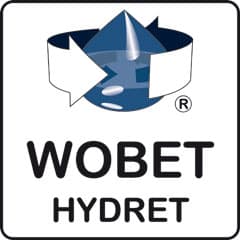GOOD SOLUTION - What separator will be useful for a car wash or a parking lot?
What are the types of separators?
Separators can be generally divided according to their purpose into separators for taking over (cleaning) the entire flow from a designated catchment (e.g. car wash, service station, workshop, etc.) or with a storm bypass installation (so-called by-pass) for division into nominal and maximum flow.
Which separator is the most universal?
HDPE separators with double-wall construction are characterized by high durability, which, combined with the use of an efficient coalescing insert, creates the BSK and TSK series. Both types of separators differ from each other in the scope of capacity of primary settling tanks (so-called sand traps):
-
BSK separators, have settling tanks with a capacity of 100 or 200 times greater than the flow (this includes the range of medium and high flows),
-
TSK separators have settling tanks with a capacity 300 times greater than the flow (this includes the range of small and medium flows and facilities, i.e. car washes, gas stations and workshops).
The most universal are separators that have a settler with 200 and 300 times larger flow, because they cover the largest range of applications. If the basin includes both a car park and gas stations, then two separate separators are often implemented
Often, the water catchment area covering a car park is larger than the water catchment area, which results in a storm bypass installation to reduce costs.
What separator for the workshop or a small parking lot?
Coalescence separator with a sedimentation tank, type TSK-1P, flow 1.5 l / s
What separator for parking and for installation in difficult conditions or at a greater depth?
Coalescence separator with sludge trap, type TSK-3B with storm bypass installation (BY-PASS) with a nominal flow of 3 l / s and a maximum of 15 l / s. The separator has a double-shell construction, significantly increasing strength, and a separate inspection hatch for each chamber, which allows the interior to be inspected, even at a larger depression.





